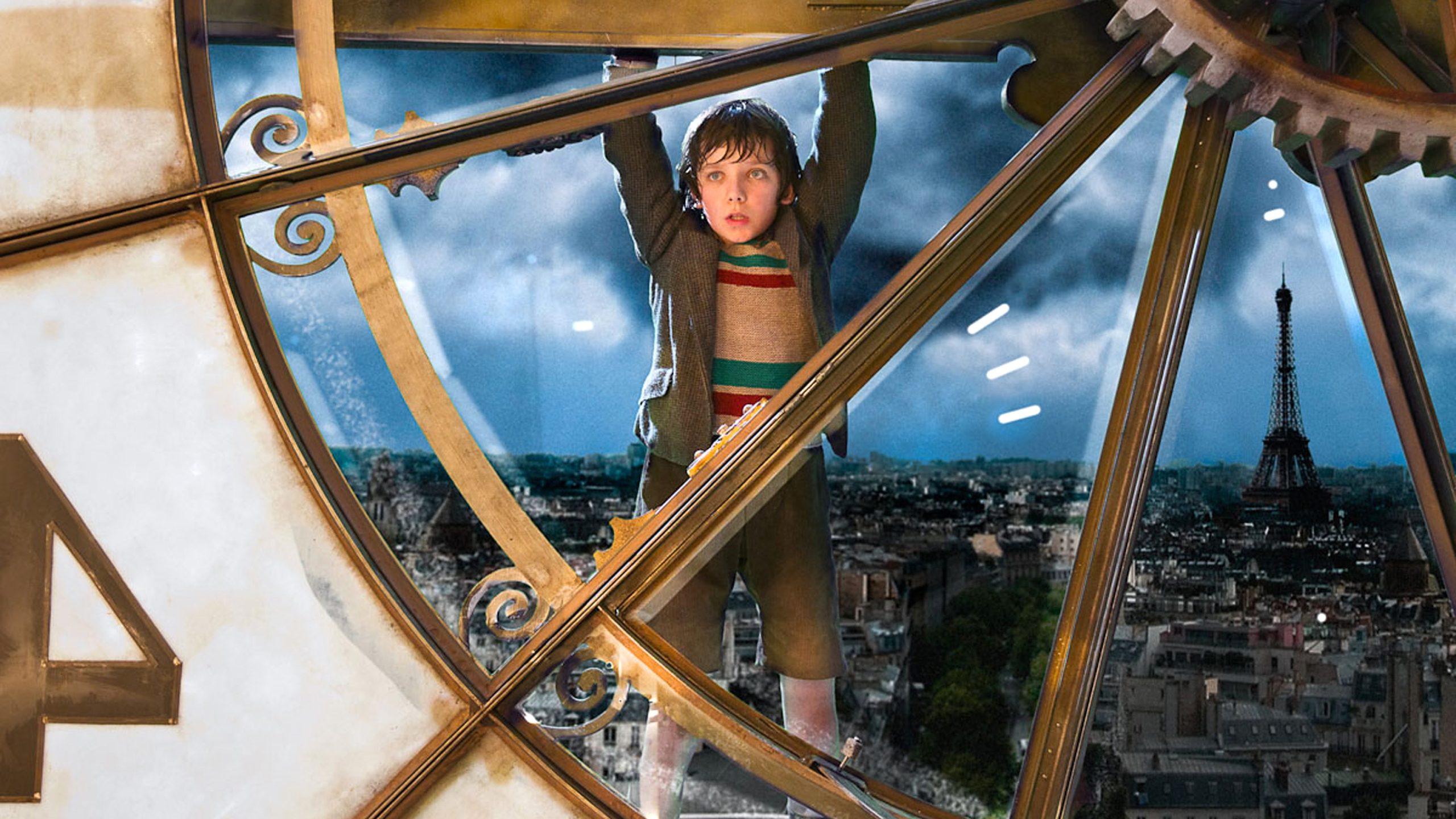Physical Address
304 North Cardinal St.
Dorchester Center, MA 02124
Physical Address
304 North Cardinal St.
Dorchester Center, MA 02124


The Paris Olympics are being held at a time of year when the City of Light is least desirable. While Cole Porter recommended Paris when it sizzles, experiencing the city when it sweats is an acquired taste. Often, the city is best enjoyed from a comfortable distance, either through Olympics coverage or the plethora of films that have turned Paris into a cinematic capital.
Like any tourist, there’s no shame in starting with the obvious. Parisians may roll their eyes at the idealized Montmartre in Jean-Pierre Jeunet’s Amélie (2001), but its lovable charm endures. Slightly less artificial than the Hollywoodized musical visions of Paris from the 1950s, Vincente Minnelli’s Gigi and An American in Paris used more location shooting, though both remain delicious faux-French fantasies. Audrey Hepburn’s Parisian adventures in Stanley Donen’s Funny Face are brimming with Gallic-chic spirit.
French filmmakers have long countered such romanticizations. Marcel Carné’s 1945 masterpiece, Les Enfants du paradis (BFI Player), captured the bohemian allure and grime of Paris’s 19th-century theatrical scene, shooting under wartime conditions. New-wave filmmakers in the 1950s and 60s redefined Paris in the public imagination. François Truffaut’s The 400 Blows showcased everyday working-class life, while Agnès Varda’s Cléo from 5 to 7 portrayed Left Bank street life with a jazzy edge. Jean-Luc Godard infused the city with sex and danger in Breathless, visited the Louvre with youthful exuberance in Bande à part (BFI Player), and transformed it into a sci-fi dystopia in Alphaville, leveraging existing streetscapes and modernist architecture.
In the 1970s, directors offered fresh perspectives on Paris. Bernardo Bertolucci’s Last Tango in Paris (Sky Store) stripped the city of romance but left its eroticism, depicting a site of desolate loneliness. Jacques Rivette’s Céline and Julie Go Boating (BFI Player) restored whimsicality with surrealist flair. Leos Carax’s Les Amants du Pont-Neuf (1991; Amazon) juxtaposed iridescent splendor with gritty realism, and Matthieu Kassovitz’s La Haine (1995) explored the city’s neglected suburbs. Ladj Ly’s Les Misérables (2019) continued this narrative, offering a damning look at Parisian banlieue strife.
Non-French filmmakers also contribute to Paris’s dreamy image. Baz Luhrmann’s Moulin Rouge! reimagined the belle époque with Las Vegas flair, while Martin Scorsese’s Hugo and Pixar’s Ratatouille presented animated postcards of the city. Sylvain Chomet’s Belleville Rendezvous offered a more textured, cartoon Paris. Richard Linklater’s Before Sunset captured Parisian streets with authenticity, though it remained a touristic fantasy, similar to Mrs Harris Goes to Paris. Tom Cruise turned Paris into an action-packed playground in Mission: Impossible – Fallout, while the recent Netflix horror phenomenon Under Paris incorporated giant sharks in the Seine, proving that Parisians can also indulge in cinematic absurdities.
All titles widely available to rent unless specified.
Mountain Queen: The Summits of Lhakpa Sherpa (Netflix)
Documentarian Lucy Walker delivers an engaging portrait of Lhakpa Sherpa, the first Nepali woman to scale Mount Everest, reclaiming an area of study often dominated by male outsiders.
Love Lies Bleeding
Rose Glass’s second feature is a sensational, 80s-set queer neo-noir brimming with sex, grisly excess, and delicious bad taste.
Source: BFI; Alamy; Allstar



